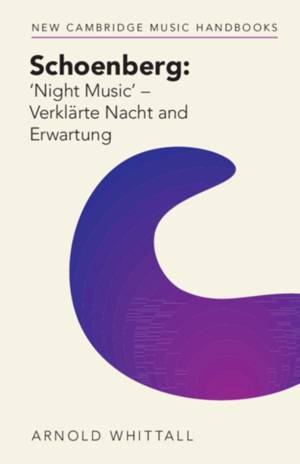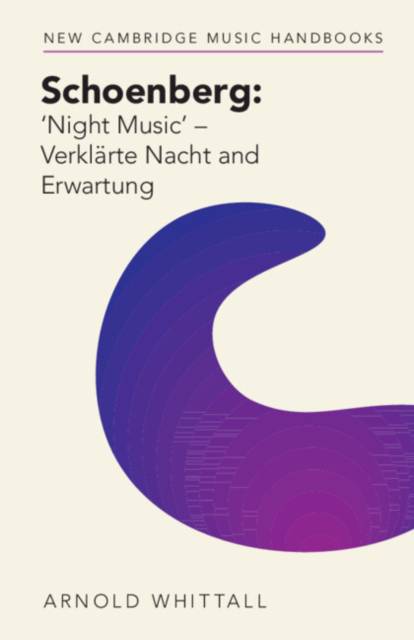
Door een staking bij bpost kan je online bestelling op dit moment iets langer onderweg zijn dan voorzien. Dringend iets nodig? Onze winkels ontvangen jou met open armen!
- Afhalen na 1 uur in een winkel met voorraad
- Gratis thuislevering in België vanaf € 30
- Ruim aanbod met 7 miljoen producten
Door een staking bij bpost kan je online bestelling op dit moment iets langer onderweg zijn dan voorzien. Dringend iets nodig? Onze winkels ontvangen jou met open armen!
- Afhalen na 1 uur in een winkel met voorraad
- Gratis thuislevering in België vanaf € 30
- Ruim aanbod met 7 miljoen producten
Zoeken
€ 24,45
+ 48 punten
Uitvoering
Omschrijving
Arnold Schoenberg (1874-1951) is often portrayed as a composer who began as a heart-on-sleeve late Romantic only to evolve during the First World War into an austere, mathematically-obsessed deviser of musical puzzles. Yet to claim that in his music he replaced tonality with its absolute opposite, atonality, as the twelve-tone method swept away all trace of traditional harmonic and thematic processes, is as misleading as to argue that romantic warmth and humanity morphed into the purest and most austerely modernistic spirituality. This handbook refocuses the wealth of recent research into two of Schoenberg's major compositions; the expressive character of those relatively early works which centre on nocturnal images of darkness and despair is at its most original and powerful in Verklärte Nacht and Erwartung, where the dramatic interplay between stabilising continuities and disorientating fragmentations reveals the elements of a modernist aesthetics that remained fundamental to Schoenberg's musical thought.
Specificaties
Betrokkenen
- Auteur(s):
- Uitgeverij:
Inhoud
- Aantal bladzijden:
- 180
- Taal:
- Engels
- Reeks:
Eigenschappen
- Productcode (EAN):
- 9781009077361
- Verschijningsdatum:
- 30/11/2023
- Uitvoering:
- Paperback
- Formaat:
- Trade paperback (VS)
- Afmetingen:
- 140 mm x 216 mm
- Gewicht:
- 154 g

Alleen bij Standaard Boekhandel
+ 48 punten op je klantenkaart van Standaard Boekhandel
Beoordelingen
We publiceren alleen reviews die voldoen aan de voorwaarden voor reviews. Bekijk onze voorwaarden voor reviews.











